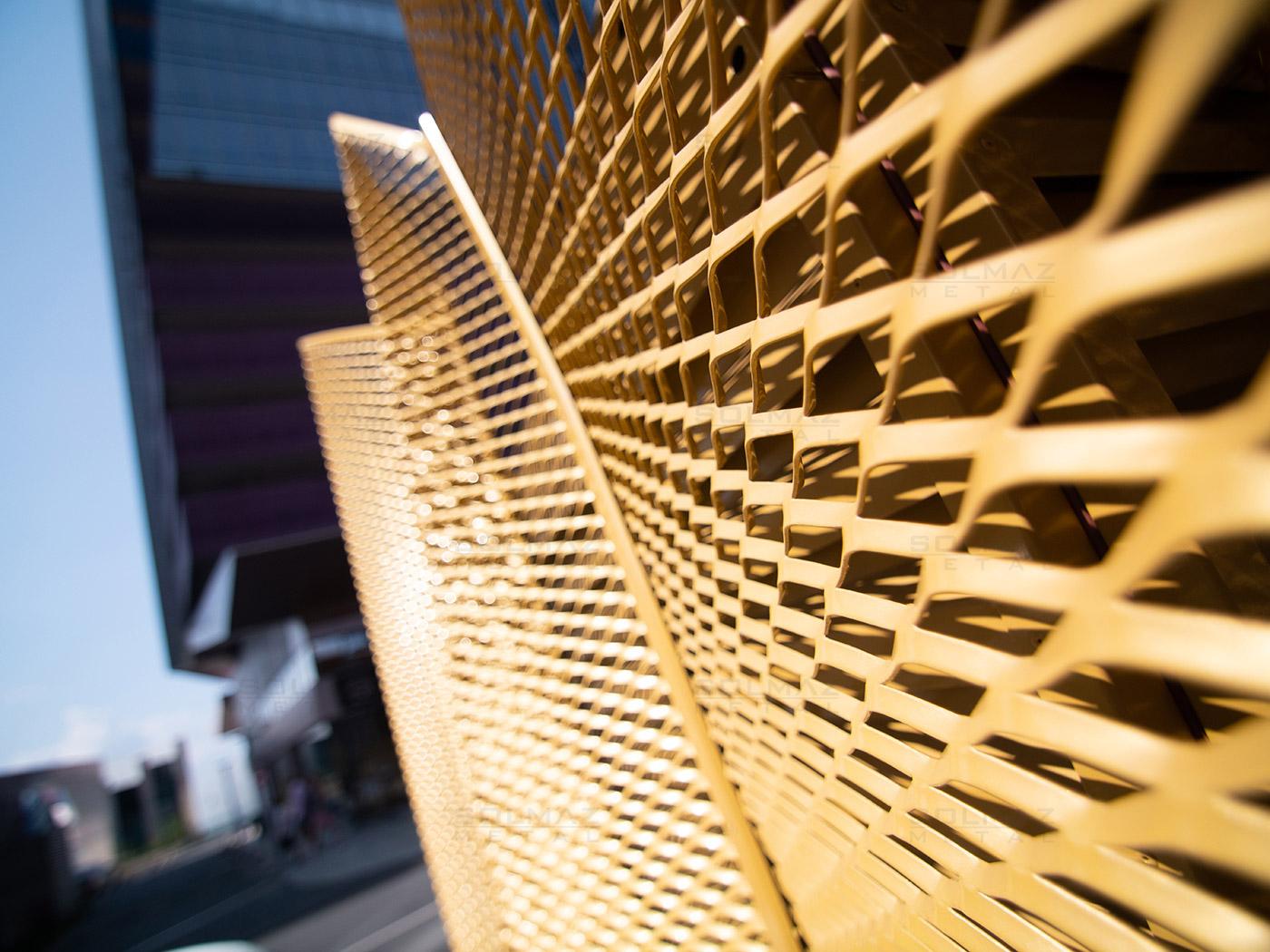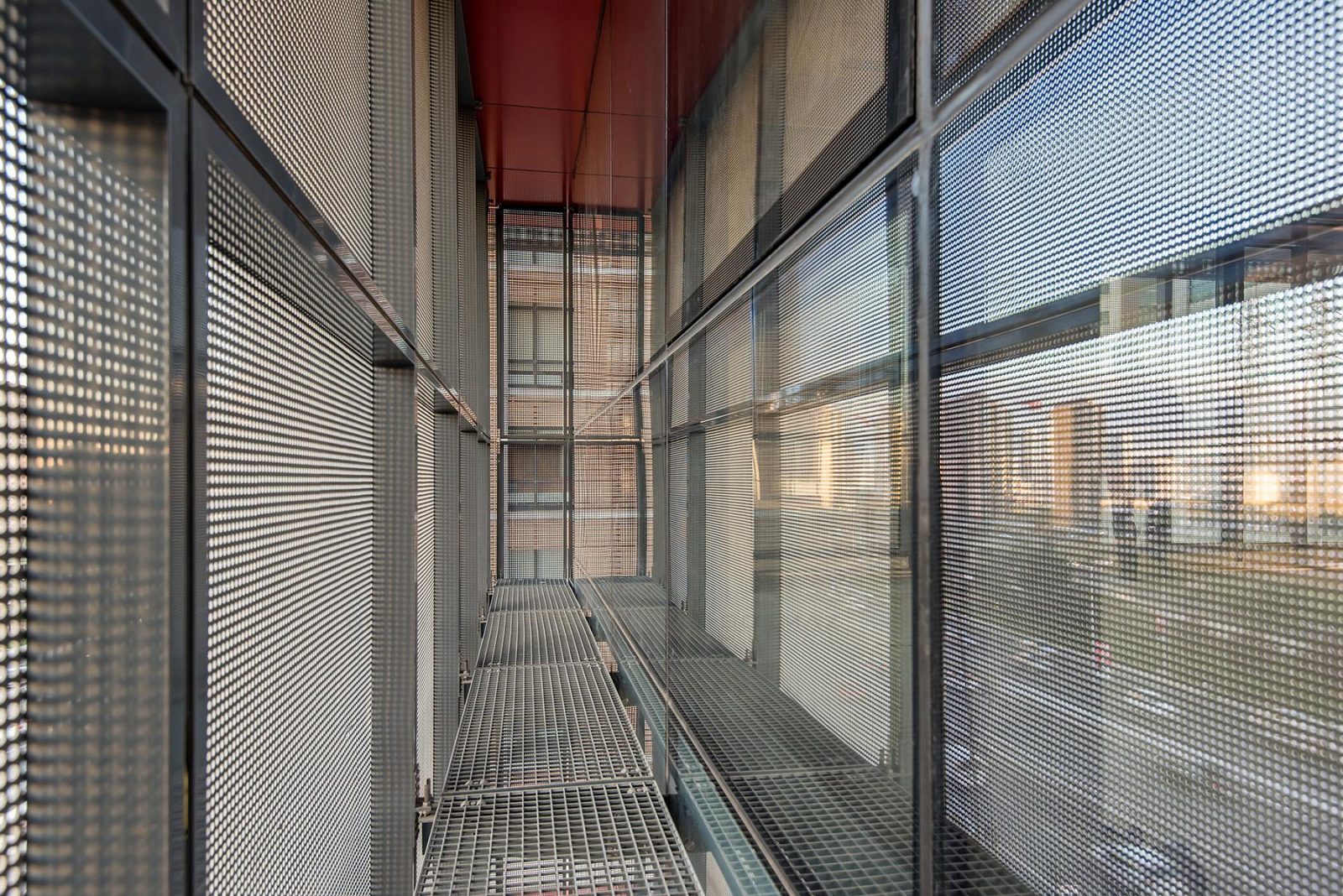Solmaz Metal
Blogs
You can find the latest news from our company and the fairs we attended.
WHAT IS ALLOY?

An alloy is a metal or a non-metal combination of at least one other metal. The combination must be part of a solid solution, a compound or mixture with another metal or nonmetal to be considered an alloy. The most common way to combine metals into an alloy is to melt them, mix them together, and then allow them to solidify again and cool to room temperature. Why Use Alloys? Metal alloys are typically used because they have improved mechanical or chemical properties. Alloy elements can be added to a metal to improve hardness, strength, corrosion resistance, machinability, and more. What are common alloys? Alloys are found in so many quantities throughout the metalworking industry that there is so much to list. In fact, it is very unlikely to work with unalloyed or "pure metal". Low carbon mild steel - perhaps the most commonly used material in metal production - is an alloy of iron and carbon. An example of a steel alloy would be AISI 1018. Cast iron is another iron and carbon alloy containing a higher amount of carbon than mild steel. Aluminum is often alloyed with other applications and gives the properties required for the desired application. For example, aluminum 6061 and 2024 have the addition of high manganese or copper, respectively. Alloys can also be quite complex. Austenitic stainless steels such as class 316 are a synthesis of iron, chromium, nickel and some other metals and metals. Bronze (itself an alloy of copper and tin) is often further alloyed with elements such as aluminum. C954 is an example of aluminum bronze alloy. Tool steels such as D2 are usually made of iron, but depending on the desired mechanical properties, they have many different additions which do not contain metals and other metals such as chromium, vanadium, manganese, silicon and carbon. What are some common alloying elements? There are a wide variety of alloying elements that serve different purposes for different base materials. Chromium is a metal commonly used to help resist corrosion of alloys. It can also increase hardness and strength depending on the material. Nickel is a metal that is often added to materials to increase toughness. Austenitic stainless steels have high nickel additions, which also serve as an austenite promoter. Copper is a metal used to make materials such as aluminum to be precipitable. Copper in steel can increase corrosion resistance, but it can reduce aluminum corrosion resistance. Manganese is usually an alloyed metal to increase strength. As an alloying element, manganese alone is not much affected by heat treatment, making it suitable for higher temperature applications. Tungsten is a metal alloy element used to increase abrasion resistance (especially at high temperatures), toughness and strength. Lead is a metal alloy element used to increase machinability. Silicone is a non-metallic alloying element. Usually used as deoxidant in metals. Silicone can also increase strength and reduce the melting temperature. Carbon is a non-metallic alloying element which is an essential element for steel production. Carbon additions are often used to increase strength and hardness in steel and cast iron alloys.



